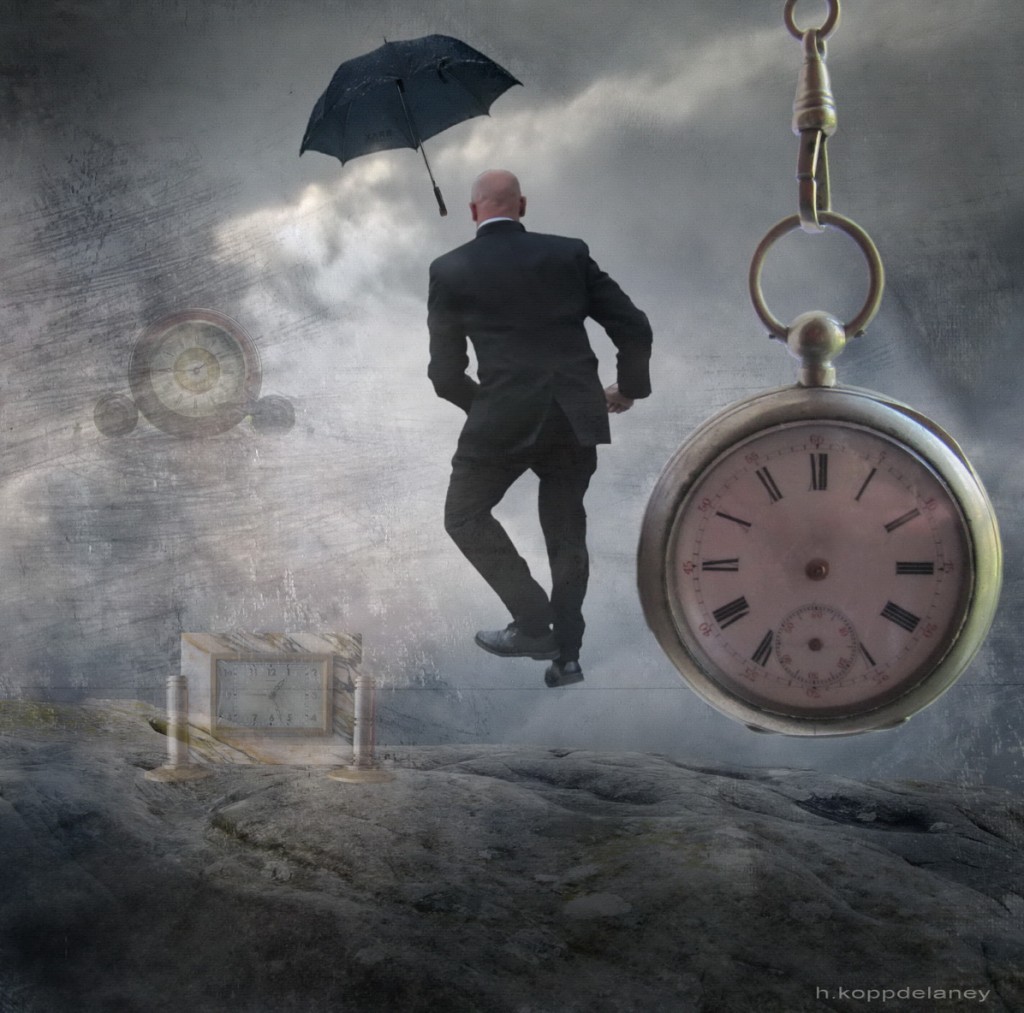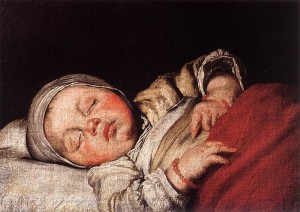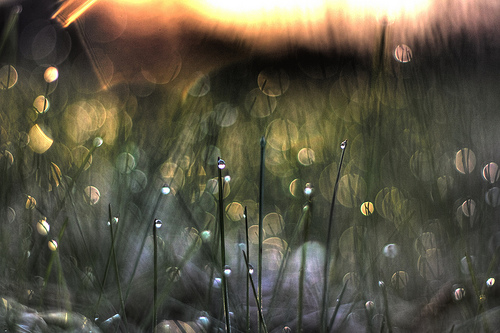 In our centuries-old tradition of interviewing the Persons of LWON who are authors of newly-published books, here is our interview with Jessa about her new book, The Siesta and the Midnight Sun.
In our centuries-old tradition of interviewing the Persons of LWON who are authors of newly-published books, here is our interview with Jessa about her new book, The Siesta and the Midnight Sun.
Q: Your book is about, as you say, “the body clock as a biological universal, a foundation on which cultures lay their own rituals and rhythms.” So every living thing has a clock and in each one of those living things, each organ also has a clock? Does the body then have some sort of master clock? I mean, otherwise how does anything get done?
A: Circadian rhythms – or biological clocks that run on daily cycles – are a result of life having evolved on a rotating planet. The human body has lots of internal clocks, oscillations that take roughly 24 hours to complete their cycle, and they are all coordinated by the suprachiasmatic nucleus (SCN), a bundle of neurons in the brain’s hypothalamus. It conducts the body’s internal orchestra in a few different ways, including triggering melatonin release into the bloodstream to initiate sleep.
Q: How many kinds of clocks are there? or rather, how many kinds of things set the clocks?
A: Sunlight is by far the most important calibration tool the body has for setting its clock. Particularly the blue region of the visible spectrum. You might be familiar with rods and cones — the photoreceptors in the eye – and it turns out there’s a third photoreceptor whose only job is to measure light levels and send that message to the master clock. We’re also capable of setting our rhythms based on social cues, activity rhythms and so on, but those are very weak cues compared with light.
Q: A third photoreceptor! That we don’t use to see! We detect light but don’t see anything! Whoa, calm down.
Q: Anyway, some clocks mark the time of day and some the time of month and some the time of year? How do those clocks do that? What’s ticking?
A: The circadian clock is the most thoroughly studied system, and we understand it reasonably well now. There’s a biological feedback loop that involves clock genes being switched on until the resulting proteins reach a critical density in the cell. Once this happens the cell stops producing them and they gradually degrade until the density of proteins reaches a low point again. The gene is switched on again and the cycle continues.
Internal annual clocks also exist but their location and mechanism are less well understood. It’s a really heroic kind of researcher who chooses to study circannual rhythms, because it sometimes involves taking a single data point every year. Whereas a circadian experiment might take three weeks, the same experiment in circannual rhythms would take 21 years, or most of a career.
 Q: The book talked about the fascinating cultural differences in the ways people sleep. If we have a hard-wired clock, why the cultural variations?
Q: The book talked about the fascinating cultural differences in the ways people sleep. If we have a hard-wired clock, why the cultural variations?
A: Our species has an amazing ability to adapt our universal biological underpinnings to the environments – physical, social and cultural – that we find around us. Just as cuisine varies widely around the world depending on local food availability and tradition – even as we all share the same nutritional needs – sleeping and working schedules also vary a great deal from place to place. We take the basic need for rest and we find ways to accommodate it within local constraints.
Q: The book also talked about the different experiments people have done to show the existence and character of clocks. Which seemed the most revealing of these clocks’ amazingness?
A: I’m consistently amazed by any demonstration of internal rhythms – it just seems like a kind of magic to me. When animals are kept in constant lighting conditions but continue sleeping very precisely on a schedule, it kind of trips me out. I suppose the incredible part of it for me is that our own time perception is so faulty – our guesses at time of day without a clock are typically quite useless – so it’s amazing that the body has a better sense of time than we have conscious access to. I find that impressive.
 Q: You said that climate change can throw a big wrench into all these clocks? That sounds bad.
Q: You said that climate change can throw a big wrench into all these clocks? That sounds bad.
A: The biggest worry in this sphere is annual rhythms in mating, birth, migration and hybernation which have evolved to associate any given day length with the climatic conditions that usually accompany it at that latitude. Day length is a kind of short-hand that many species use to determine how best to time their annual activities, and once the month of March no longer means an average temperature of 12 degrees or whatever, the disconnect can be very stressful on a species. There are also animals that depend on synchronizing their annual rhythms with those of their food source. If their timing is thrown off, they starve.
Q: Do caribou’s eyes really change color with the season? Really?
A: Yes, they turn yellowish in summer and blue in winter. Caribou live in conditions of constant sunlight in summer, and it’s thought this ability to block out the blue light in summer might contribute to dampening their circadian rhythms. If the world isn’t giving you daytime and nighttime in alternation, it’s less useful for the body to be ruled by a 24-hour cycle. At that point, it might as well be opportunistic and take advantage of feeding opportunities whenever they arise.
Q: A writer’s question: your chapters had general subjects but were broken into smaller essay-like sections that didn’t necessarily lead one to the next. In other words, the book’s structure didn’t seem to be linear; it seemed more a like a mosaic. Why did you write it this way? Or maybe you didn’t write it that way at all?
A: It’s interesting you should perceive it that way. I suppose it does reflect my thinking on circadian rhythms and culture. Trying to marry the two in the book, I realized that what I was primarily doing was calling for an interdisciplinary field where there barely exists one. So while I found lots of intriguing phenomena in my research, many of the threads have yet to be connected – there’s so much potential in the connection between the body clock and culture, and if I can contribute somehow to this embryonic body of knowledge, if only by cheering on the sidelines, then I’m happy.
Photo credits, top to bottom: h.koppdelaney; Bernardo Strozzi (1581-1644); MightyBoyBrian
Fascinating stuff! I really got a lot from the last book I bought from a LWON recommendation (stop blushing, Ann), so I’ll be in touch with those nice folks at Amazon.
I have an alarm clock that awakens me with light. This confirms that we can “see” light without our eyes. Caribous’ eyes changing color is a fascinating example of adaptation. My dog develops a condition called “snow nose” in the winter where lack of sunlight causes his nose to turn light brown and even pink instead of black. Perhaps caribou’s eyes change by a similar mechanism.
great interview, ann, and great topic, jessa. of course, with anything this interesting, i want to know more. i think i remember reading that pre-industrial people slept in patches during the night and woke up occasionally to sort of socialize. did you come across that? also, i seem to remember reading that free-living people (in caves w/o light cues, for instance) don’t actually have a 24-hour cycle. it’s either 23 or 25, i can’t remember. is that true? finally, if genes are involved, that raises the possibility of mutations. are people known who have sleep disturbance based on defective timekeeping genes? along the same line, are there inherited sleep disorders?